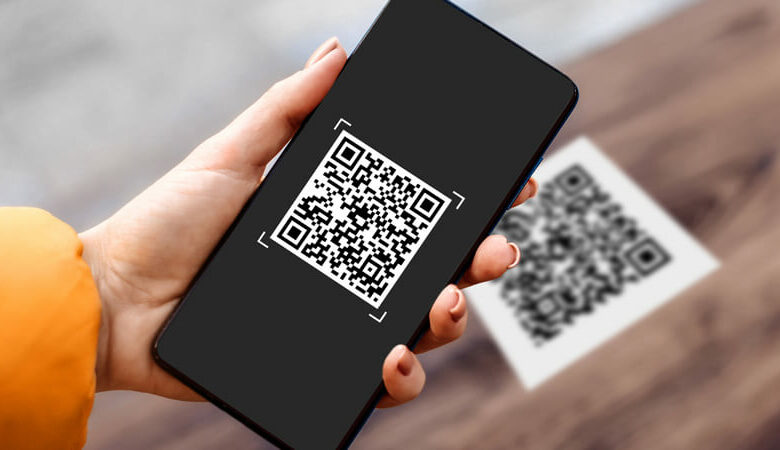QR Codes: Revolutionizing Connectivity

Introduction:
In an era dominated by technology and the constant need for seamless connectivity, Quick Response (QR) codes have emerged as a revolutionary tool that is transforming the way we interact with the world around us. Originally developed in 1994 by Denso Wave, a subsidiary of Toyota, QR codes have come a long way from their humble beginnings as a tracking solution for automotive parts. Today, these black-and-white squares have found their way into almost every facet of our lives, simplifying tasks and enhancing connectivity in unprecedented ways.
Understanding QR Codes:
At its core, a QR code is a two-dimensional barcode that stores information both horizontally and vertically. Unlike traditional barcodes, QR codes can store significantly more data, ranging from simple text and URLs to complex data sets. This versatility makes them an ideal tool for a wide range of applications, from marketing and business to healthcare and education.
Enhancing Business and Marketing:
QR codes have become an invaluable asset for businesses and marketers looking to streamline interactions with their target audience. One of the most common uses is in advertising and product packaging, where scanning a QR code can instantly redirect users to a website, promotional video, or online store. This instantaneous connection allows for a more engaging and interactive experience, fostering customer engagement and loyalty.
In the era of contactless transactions, QR codes have become the go-to solution for mobile payments. Mobile payment apps, like Apple Pay and Google Pay, utilize QR codes to facilitate secure and convenient transactions. This has not only simplified the payment process but has also contributed to the growth of a cashless economy.
Navigating the New Normal:
The COVID-19 pandemic has accelerated the adoption of QR codes as a tool for contact tracing and health monitoring. Restaurants, businesses, and public spaces worldwide have implemented QR code-based systems to log visitor information, allowing for efficient contact tracing in the event of an outbreak. This has proven to be a crucial tool in curbing the spread of the virus and ensuring public safety.
Education and Accessibility:
In the realm of education, QR codes have proven to be instrumental in enhancing accessibility and engagement. Teachers can create QR codes to provide students with direct links to educational resources, supplementary materials, and interactive content. This facilitates a more dynamic and immersive learning experience, bridging the gap between traditional and digital learning environments.
The Future of QR Codes:
As technology continues to evolve, so too will the applications of QR codes. With the rise of augmented reality (AR) and virtual reality (VR), QR codes are likely to play a pivotal role in bridging the physical and digital worlds. Imagine a world where scanning a QR code can unlock a virtual tour, provide detailed information about a historical landmark, or even facilitate immersive gaming experiences.
Conclusion:
QR codes have undoubtedly revolutionized connectivity, offering a versatile and efficient solution to a myriad of challenges across various industries. From simplifying business transactions and marketing strategies to aiding in health and safety measures, QR codes have become an integral part of our daily lives. As technology continues to advance, the future of QR codes holds even more exciting possibilities, promising to further enhance connectivity and reshape the way we interact with the world.



